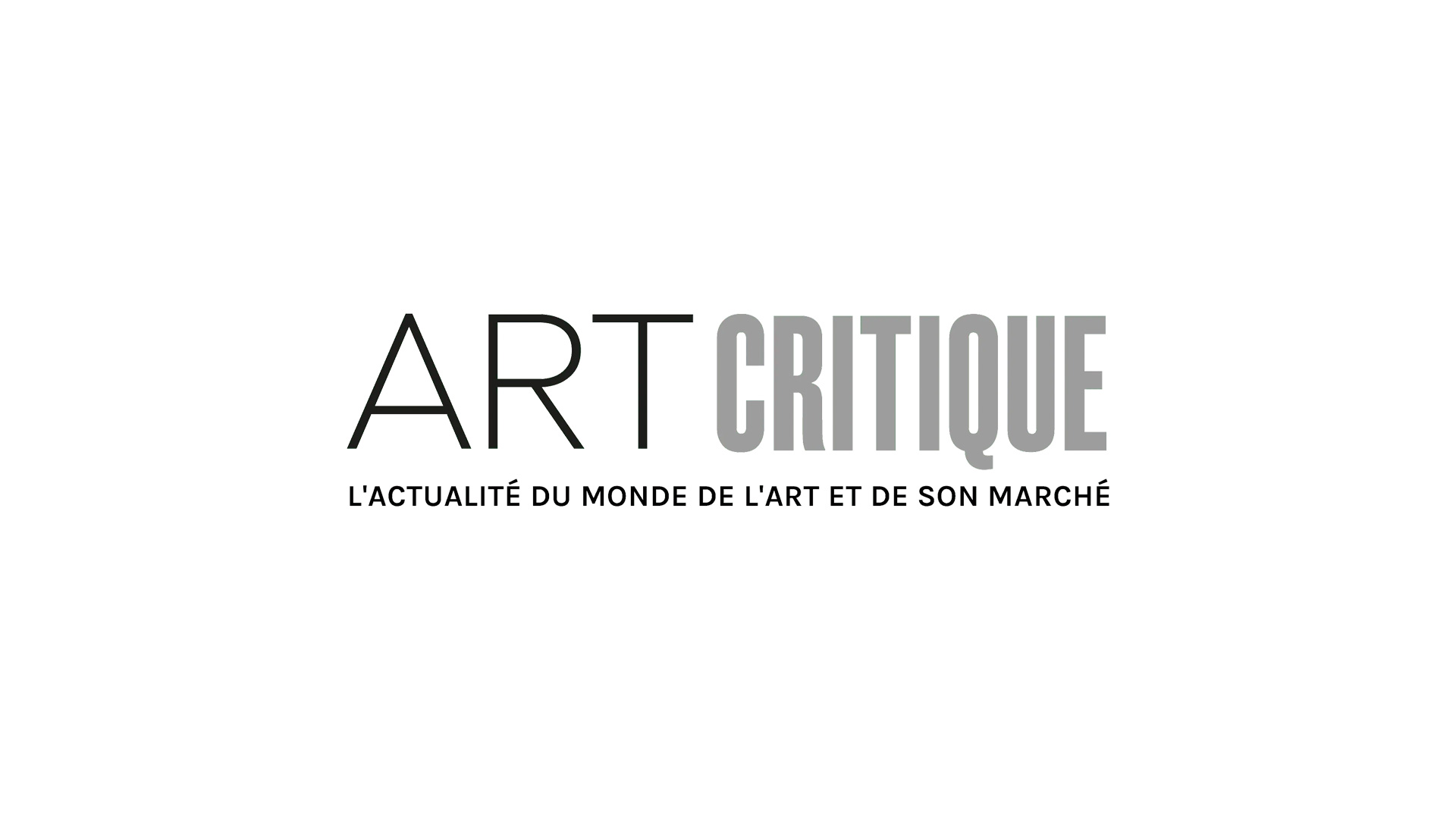You may not yet be familiar with the name Zilia Sánchez, but in recent years, the Cuban-born, Puerto Rico-based artist has found herself in the limelight in the US. The contributions of her 70-year (and counting) career has more or less, though, been underrepresented in the US, despite having lived and worked in New York for about a decade.

Washington DC’s Phillips Collection is hoping to right some of that wrong, though, with the first ever museum retrospective of Sánchez’s works. ‘Zilia Sánchez: Soy Isla (I Am an Island),’ which debuted in February, will run through May 19th and features 60 works by Sánchez from the 1950s to today. The exhibition will be accompanied by a major publication on Sánchez and a documentary on her life and works.
”Soy Isla refers to an island—either Cuba, where Zilia was born, grew up, and began her artistic career, or Puerto Rico, where she has long resided and worked, or both—surrounded by the vastness of the sea and the boundless horizon, yet never in complete isolation,’ says Dr. Velesa Sretenović, senior curator of Modern and Contemporary Art at Phillips in a press release for the exhibition. ‘It also refers to her own desire for solitary practice, forming an ‘island’ of her own within major art currents.’
The female body has continued as a main theme throughout Sánchez’s oeuvre, often utilizing abstraction as a manner of conveying her subjects. Ancient mythology referencing female warriors and heroines, including Trojans, Amazonians, and Antigone, are also common amongst her works. Sánchez has not stuck to one medium throughout her career either. She’s created paintings, shaped canvases, sculptures, graphic illustrations, and works on paper, which are reflected in the retrospective. Sánchez’s work tends to evoke the erotic through her dedication to the female body and her choice of materials, particularly shaped canvases, although eroticism might not be her intent, exactly.

Tattoo), c. 1968/96. Acrylic on stretched
canvas, 71 × 72 × 12 in., Collection of the
artist, Courtesy Galerie Lelong & Co., New
York.
Born in Cuba in 1926, Sánchez spent her formative years on the island and, during the Cuban Revolution, worked as a set designer for guerilla theatre troupes. In the 1960s, she landed in New York where she attended the Pratt Institute to study printmaking and began a residency in Harlem. She lived and worked there, though her work flew under the radar of the mainstream art world and for that, her work was far less censored. In 1971, Sánchez moved from New York to Puerto Rico, where she still lives, and continued working as an artist while also teaching at the Puerto Rico Visual Art School.
Finally, about 50 years after she moved away from New York, the US began to catch onto her leading to a number of solo and group exhibitions. Soon, institutions, including the Phillips, the Guggenheim, and the MoMA, started seeking out her work to add to their collections. The Phillips acquired Sánchez’s 2008 Maquinista, díptico (Machinist, Diptych) in 2015 and turned to other US and international museums and collections for loans of their works by Sánchez for the exhibition.

paper, 25 1/2 × 20 in. Collection of the artist,
Courtesy Galerie.
In 2017, Sánchez’s life, like everyone living in Puerto Rico, was significantly changed when Hurricane Maria struck the island. The documentary, created by VideoArt Production, Inc. runs alongside the ‘Soy Isla.’ It follows Sánchez’s work and life through the places where she’s worked, including her Puerto Rico studio that is now being rebuilt in the aftermath of the hurricane.
So, while recognition for the work that Sánchez has done and continues to do might be long overdue, Phillips director and CEO, Dorothy Kosinski hopes ‘that this exhibition will not only share the dynamic work of Zilia Sánchez, but also open a space for new research and scholarship in the years ahead.’





















